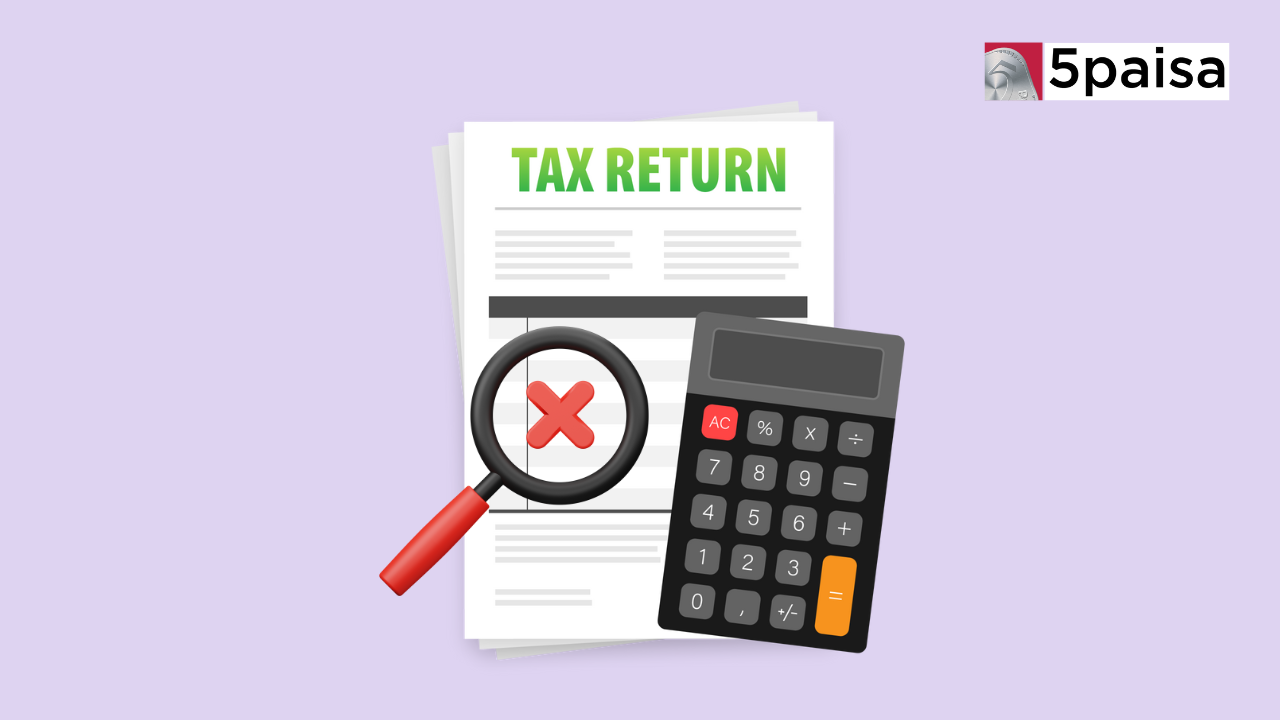How to Register a UPI Complaint Online?
Maximizing Tax Savings: Unlocking the Potential of NPS and Home Loan

Last Updated: 24th August 2023 - 12:37 pm
Introduction
Minimizing tax liability is a goal shared by many individuals, and with careful planning and strategic financial decisions, it is possible to significantly reduce your tax burden. Through this blog let's delve into the details and discover the insights that can pave the way for substantial tax savings.
Unveiling the NPS Advantage
The National Pension System (NPS) provides a unique opportunity to save for retirement while simultaneously reducing your taxable income. By utilizing the NPS benefit offered by your employer under Section 80CCD(2), you can contribute up to 10% of your basic salary towards the scheme, which is tax-deductible. This deduction effectively reduces your taxable income, resulting in lower tax liability. For instance, if your employer contributes Rs.3,400 (10% of your basic pay) to the NPS each month, your taxable income will decrease by Rs.40,800 annually. Additionally, you have the option to further reduce your taxable income by up to Rs.50,000 by making voluntary contributions to the NPS under Section 80CCD(1b).
The Home Loan Advantage
When you start paying the equated monthly installments (EMIs) on your home loan, a substantial portion of the interest paid is tax-deductible under Section 24(b). This deduction can help reduce your taxable income by the amount of interest paid on the loan, subject to certain limits. By availing this benefit, you can effectively lower your tax liability. Therefore, if you have recently taken a home loan, you can anticipate a reduction in your taxable income resulting in considerable tax savings.
Strategizing for Optimal Tax Savings
To further optimize your tax savings, it is essential to explore additional avenues. One approach is to invest in tax-saving instruments like the Public Provident Fund (PPF) and Equity-Linked Savings Scheme (ELSS). By strategically reducing your contribution to the PPF and allocating those funds to the NPS, you can benefit from the higher tax deduction limit offered by the NPS. For example, if you currently invest Rs.1 lakh annually in the PPF, consider reducing it to Rs. 16,000 and redirecting the remaining amount to the NPS. This shift will enhance your tax savings potential. Additionally, initiating a Systematic Investment Plan (SIP) of Rs. 5,000 in an ELSS fund further amplifies your tax-saving endeavors.
Exploring Tax-Free Perks
In addition to the NPS and home loan benefits, it is worthwhile to explore tax-free perks offered by your employer. By availing reimbursements for expenses such as newspaper bills and Leave Travel Allowance (LTA), you can further reduce your taxable income. For example, if you receive Rs. 34,000 as LTA and a monthly newspaper allowance of Rs. 1,000, your taxable income will dip below the Rs.5 lakh threshold, making you eligible for a full tax rebate under Section 87A.
Conclusion
By strategically combining the benefits of the National Pension System (NPS) and home loan deductions, you can significantly minimize your tax liability. Through employer contributions to the NPS, voluntary contributions, home loan interest deductions, and prudent investment choices, you can optimize your tax savings to an extent that your tax liability approaches zero.
- Flat ₹20 Brokerage
- Next-gen Trading
- Advance Charting
- Actionable Ideas
Trending on 5paisa
Personal Finance Related Articles
Disclaimer: Investment in securities market are subject to market risks, read all the related documents carefully before investing. For detailed disclaimer please Click here.
 5paisa Research Team
5paisa Research Team
 Sachin Gupta
Sachin Gupta




